Nikon 120-300mm f/2.8
If you like the idea of a 300mm f/2.8G II but in a zoom, this is your lens. Interestingly, it is 3.25kg, which is not much heavier than the 2.9kg of the 300mm f/2.8. I would suggest that for most people, this lens is a little bit short for wildlife, especially at $9500.
This is a very specialized tool. If you are in situations where you only shoot larger animals at dusk or dawn, and you really need the shorter focal lengths, then I can see a case for this lens. Basically, if you’re not sure which lens you’ll need, you definitely don’t need this one.
نيكون 120-300 ملم f/2.8
إذا كنت تحب فكرة عدسة f/2.8G II مقاس 300 مم ولكن في وضع تكبير، فهذه هي عدستك. ومن المثير للاهتمام أنها تزن 3.25 كجم، وهو ليس أثقل بكثير من 2.9 كجم للعدسة مقاس 300 مم f/2.8. أود أن أقترح أن هذه العدسة بالنسبة لمعظم الناس تعتبر قصيرة بعض الشيء بالنسبة للحياة البرية، خاصة بسعر 9500 دولار.
هذه أداة متخصصة للغاية. إذا كنت في مواقف حيث تقوم فقط بتصوير الحيوانات الكبيرة عند الغسق أو الفجر، وتحتاج حقًا إلى أطوال بؤرية أقصر، فيمكنني أن أرى حالة لهذه العدسة. في الأساس، إذا لم تكن متأكدًا من العدسة التي ستحتاج إليها، فأنت بالتأكيد لا تحتاج إلى هذه العدسة.
If you like the idea of a 300mm f/2.8G II but in a zoom, this is your lens. Interestingly, it is 3.25kg, which is not much heavier than the 2.9kg of the 300mm f/2.8. I would suggest that for most people, this lens is a little bit short for wildlife, especially at $9500.
This is a very specialized tool. If you are in situations where you only shoot larger animals at dusk or dawn, and you really need the shorter focal lengths, then I can see a case for this lens. Basically, if you’re not sure which lens you’ll need, you definitely don’t need this one.
نيكون 120-300 ملم f/2.8
إذا كنت تحب فكرة عدسة f/2.8G II مقاس 300 مم ولكن في وضع تكبير، فهذه هي عدستك. ومن المثير للاهتمام أنها تزن 3.25 كجم، وهو ليس أثقل بكثير من 2.9 كجم للعدسة مقاس 300 مم f/2.8. أود أن أقترح أن هذه العدسة بالنسبة لمعظم الناس تعتبر قصيرة بعض الشيء بالنسبة للحياة البرية، خاصة بسعر 9500 دولار.
هذه أداة متخصصة للغاية. إذا كنت في مواقف حيث تقوم فقط بتصوير الحيوانات الكبيرة عند الغسق أو الفجر، وتحتاج حقًا إلى أطوال بؤرية أقصر، فيمكنني أن أرى حالة لهذه العدسة. في الأساس، إذا لم تكن متأكدًا من العدسة التي ستحتاج إليها، فأنت بالتأكيد لا تحتاج إلى هذه العدسة.

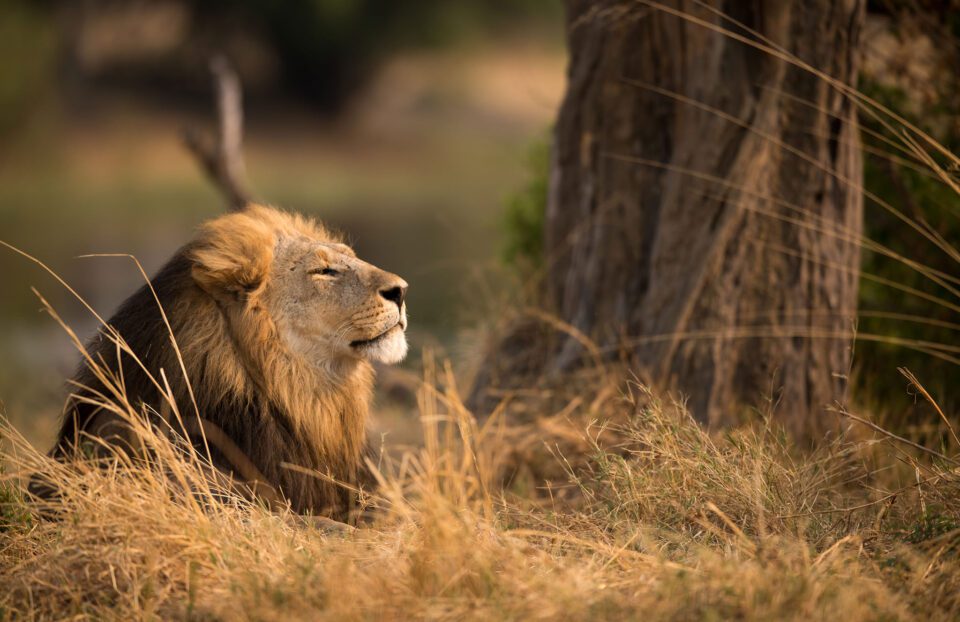

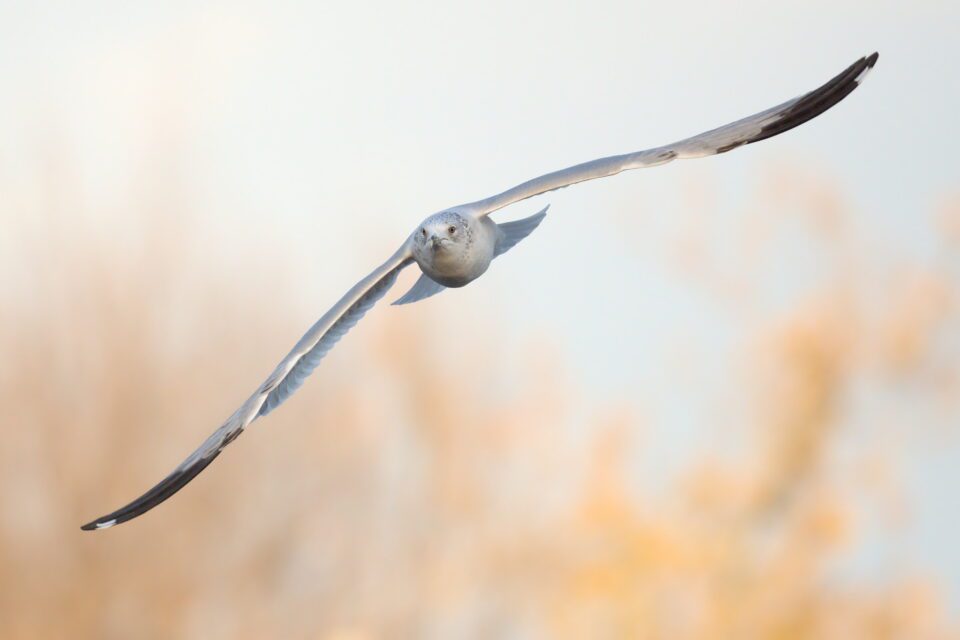
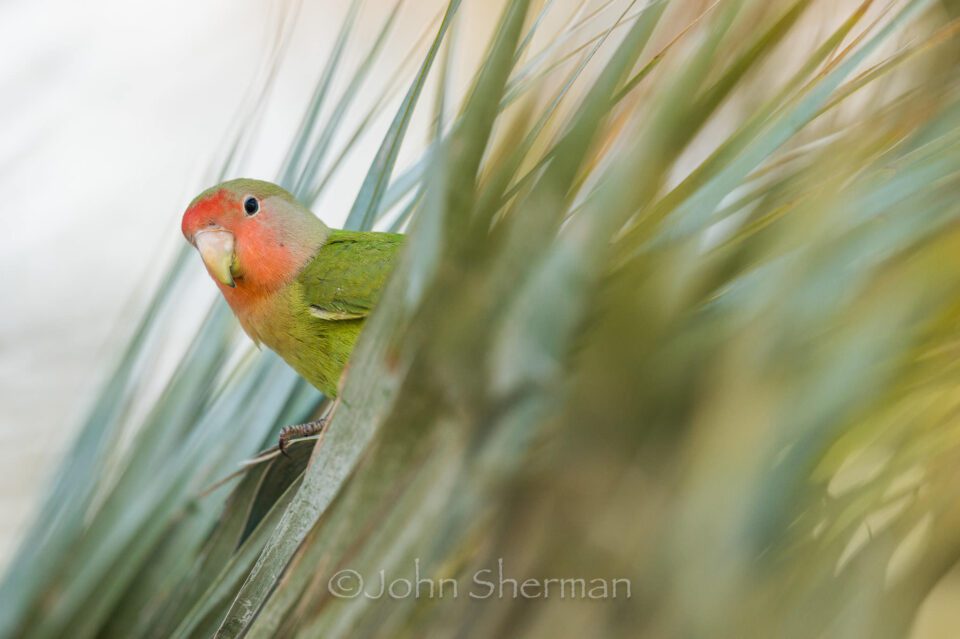
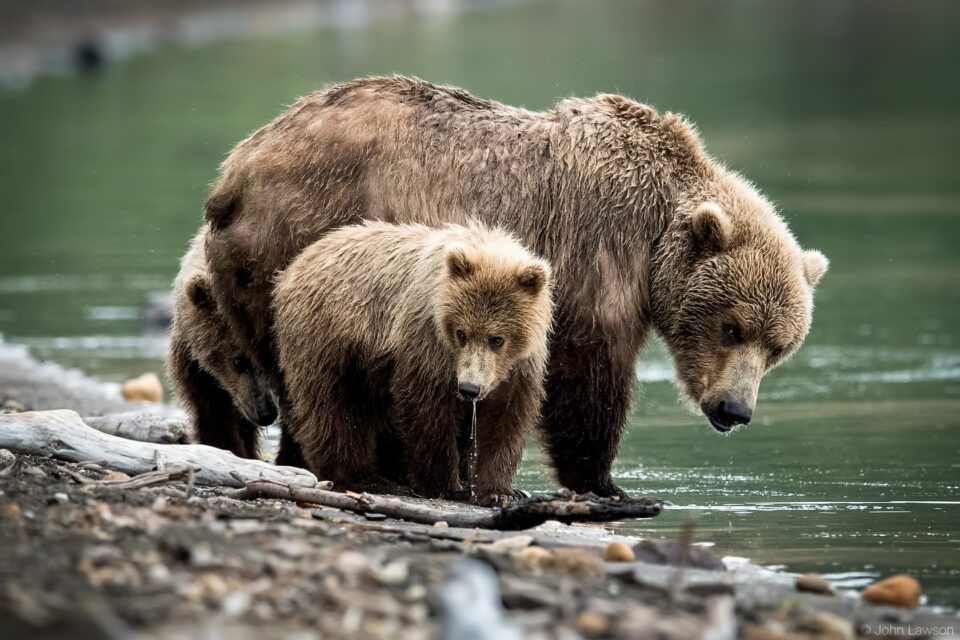
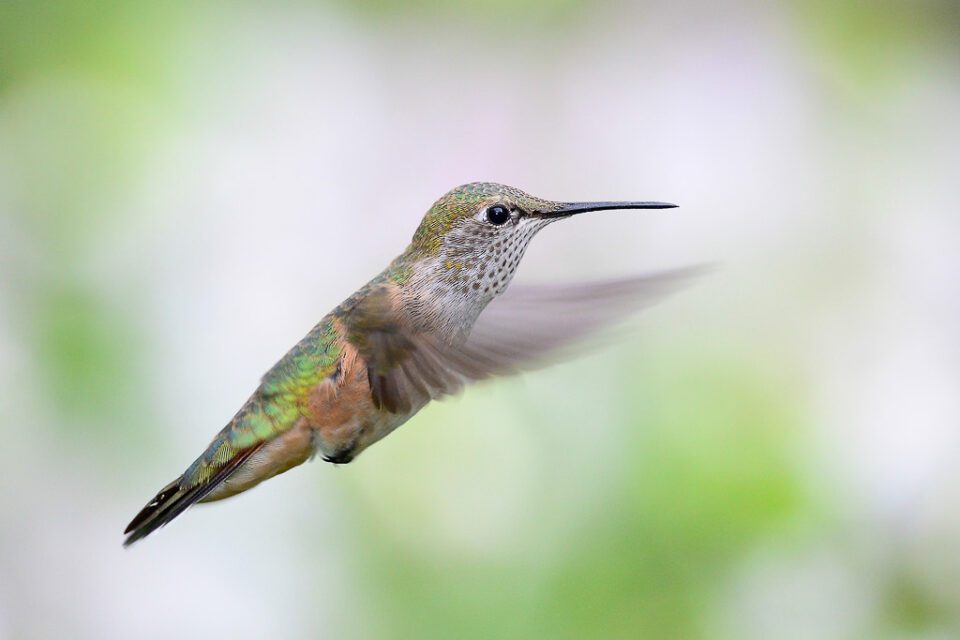
تعليق